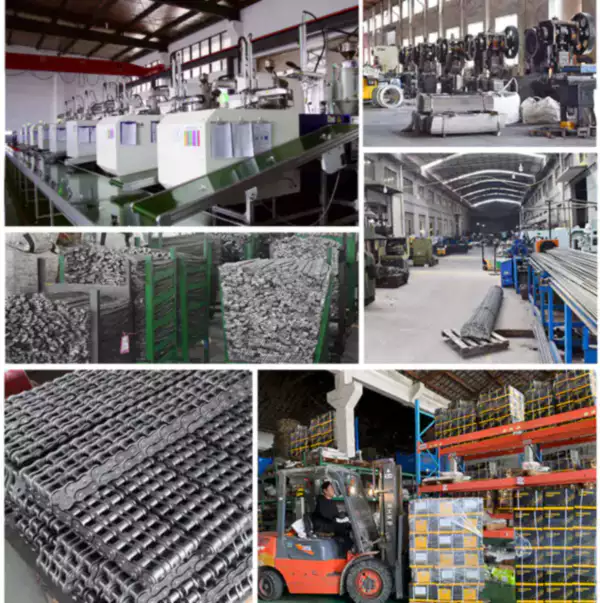Gripper chains are a crucial component in many industrial applications, used to transport heavy loads and materials through a variety of processes. These chains are designed to operate under extreme conditions, with high levels of stress and pressure. As such, it is important to take safety precautions when working with gripper chains to avoid accidents or equipment failure. In this article, we will discuss the safety precautions that should be taken when working with gripper chains, as well as provide a guide for purchasing these essential components.
Proper Maintenance and Inspection
The first safety precaution that should be taken when working with gripper chains is proper maintenance and inspection. Regular inspections of the chains and related equipment can help identify potential problems before they lead to accidents or equipment failure. It is important to lubricate and clean gripper chains regularly to reduce wear and tear, as well as prevent contamination from debris or other materials. Additionally, any damaged or worn components should be replaced immediately to avoid compromising the integrity of the entire system.

Proper Use and Handling
Another important safety precaution when working with gripper chains is proper use and handling. Operators should receive proper training on how to use and handle these chains, including how to safely attach and detach loads, adjust tension, and avoid sharp edges or other hazards. Gripper chains should be used only for their intended purpose and within their rated capacity to avoid overloading the system. Additionally, it is important to avoid sudden movements or impacts that can cause stress or damage to the chains or related equipment.
Protective Gear
When working with gripper chains, it is important to wear appropriate protective gear. This includes eye and ear protection, as well as gloves and other protective clothing to prevent injury from sharp edges or other hazards. Operators should also be aware of their surroundings and avoid working in areas where they may be at risk of being struck by moving loads or other objects.

Proper Storage and Transport
Proper storage and transport of gripper chains is also important for safety. Chains should be stored in a dry, clean environment to prevent rust and other forms of corrosion. When transporting these chains, they should be secured properly to avoid shifting or other movement that can cause damage or injury. Additionally, operators should be aware of any weight restrictions or other requirements for transporting gripper chains.
Purchasing Guide for Gripper Chains
When selecting gripper chains, it is important to consider factors such as chain type, length, and load capacity. It is also important to select chains from a reputable supplier with a proven track record of quality and reliability. The following table provides a guide for purchasing gripper chains:
| Factor | Considerations |
|---|---|
| Chain Type | Choose the appropriate chain type for the application, such as single or double pitch, with or without attachments. |
| Length | Determine the required length of the chain based on the distance between sprockets or other components. |
| Load Capacity | Select chains with a load capacity that exceeds the maximum load expected in the application. |
| Supplier | Choose a supplier with a reputation for quality and reliability, and a track record of providing excellent customer service. |
Sprockets for Gripper Chains
Sprockets are an essential component in the operation of gripper chains, as they provide the necessary leverage and tension to move heavy loads through a variety of processes. It is important to select the appropriate sprockets for the application, based on factors such as chain type, pitch, and load capacity. Our company offers a wide range of sprockets that are compatible with gripper chains, including those designed for heavy-duty applications. We understand the importance of pairing the right sprockets with gripper chains for optimal performance and safety.

In addition to providing high-quality gripper chains and sprockets, our company offers a number of advantages that set us apart from the competition. These include:
- Expertise in chain manufacturing and design
- Ability to customize chains and sprockets to meet specific application needs
- High-quality materials and manufacturing processes
- Fast and reliable delivery times
- Excellent customer service and support

Q&A
Q: What materials are gripper chains typically made from?
A: Gripper chains are typically made from high-strength steel alloys, such as carbon steel or stainless steel.
Q: How can I determine the load capacity of a gripper chain?
A: The load capacity of a gripper chain can be determined by consulting the manufacturer's specifications for the chain type and size, as well as considering factors such as the weight and dimensions of the load being transported.
Q: What is the maximum temperature at which gripper chains can be safely operated?
A: The maximum temperature at which gripper chains can be safely operated will depend on the specific chain type and material, as well as the application. It is important to consult the manufacturer's specifications and guidelines for operating temperatures.
Edited by Zqq.
